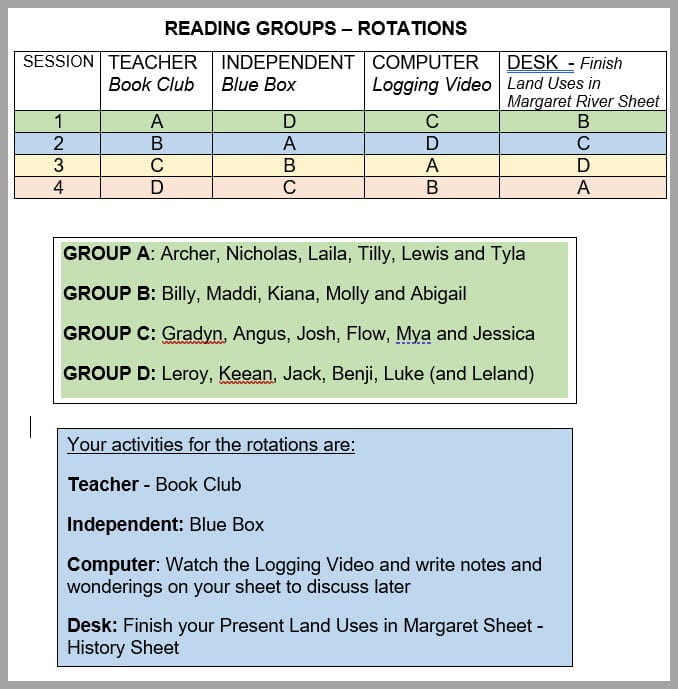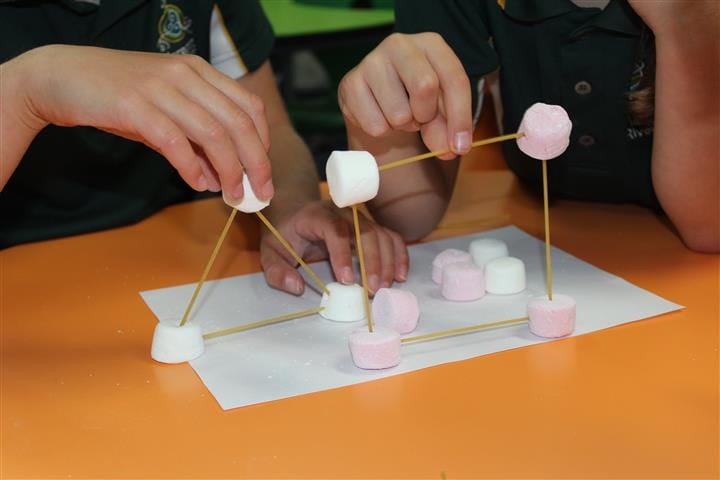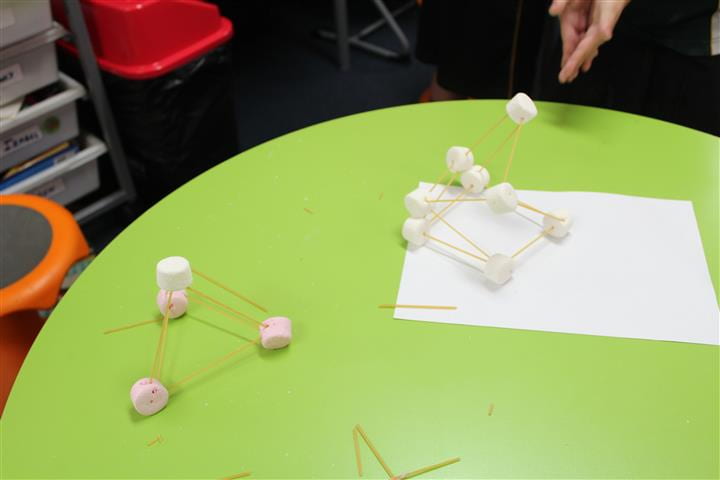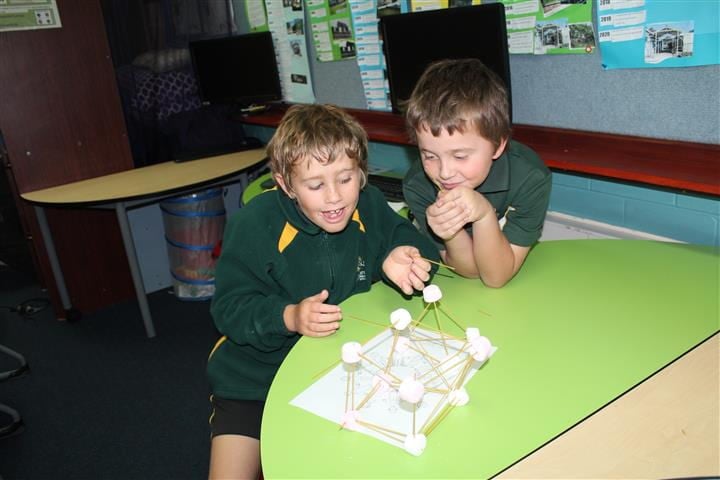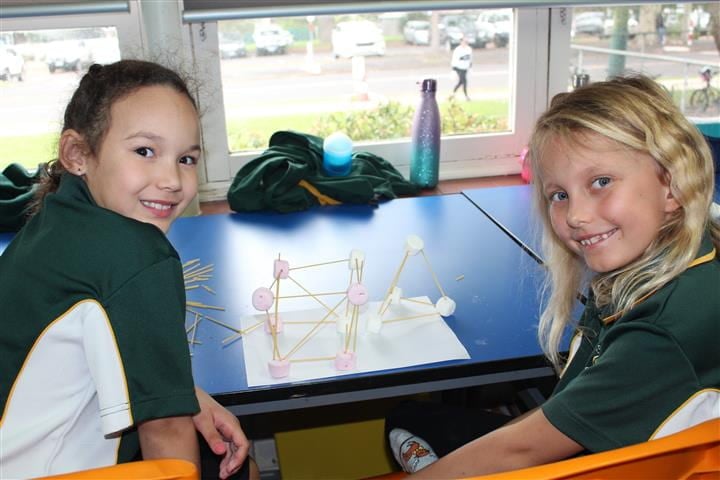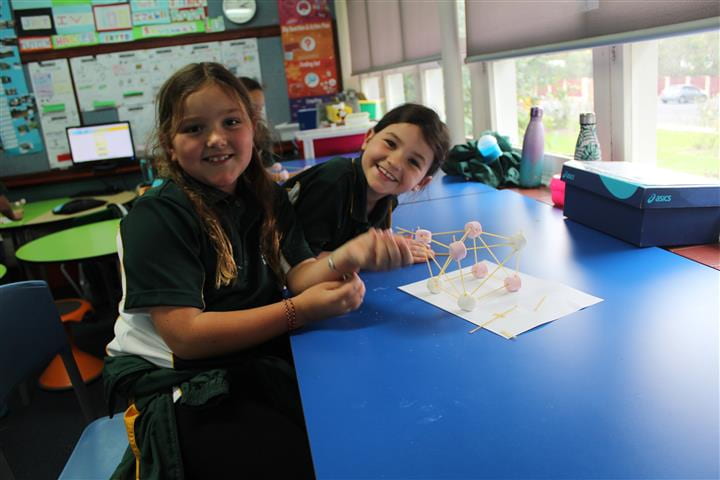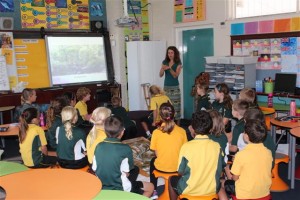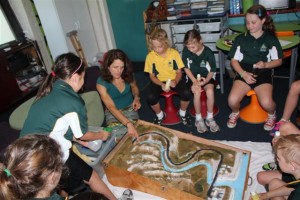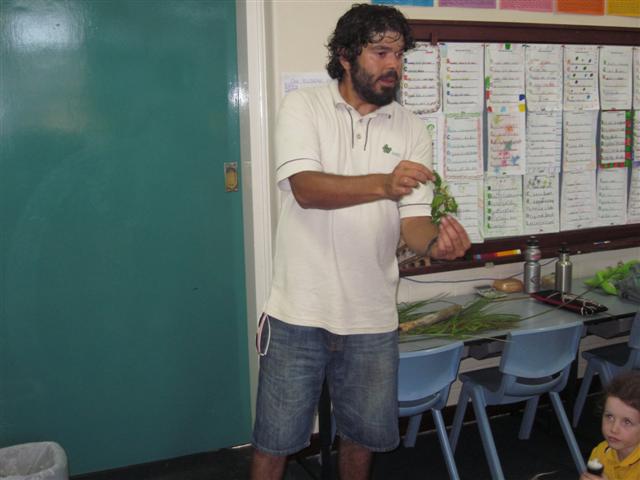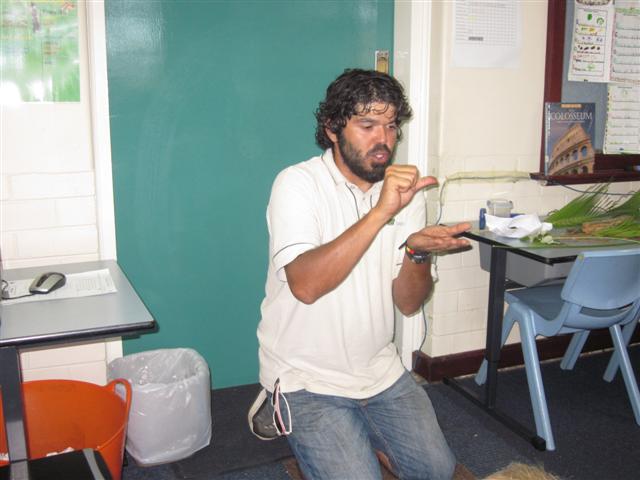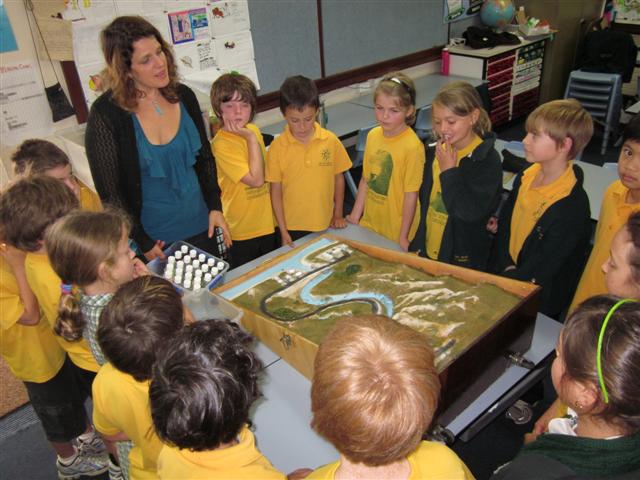CONGRATULATIONS! We are finished NAPLAN tests! (Only two people who were absent will need to complete their catch-up tests later this week). 🙂 😎
On Thursday mornings we will be doing ROTATING READING GROUPS and today (Thursday) we are going to try out in these groups:
GROUP A: Archer, Nicholas, Laila, Tilly, Lewis and Tyla
GROUP B: Billy, Maddi, Kiana, Molly and Abigail
GROUP C: Gradyn, Angus, Josh, Flow, Mya and Jessica
GROUP D: Leroy, Keean, Jack, Benji, Luke (and Leland)
Your activities for the rotations are:
Teacher – Book Club Independent: Blue Box Computer: Watch the Logging Video and write notes and wonderings on your sheet to discuss later Desk: Finish your Present Land Uses in Margaret Sheet – History Sheet
REMEMBER: OUR INQUIRY KEY IS PAST, PRESENT and FUTURE for OUR PATCH so we want to learn more about what it was like for the early settlers who came to our patch.
LOGGING VIDEO LINK – see previous post below and make sure you write some ideas and/or wonderings on your sheet to share later on.

